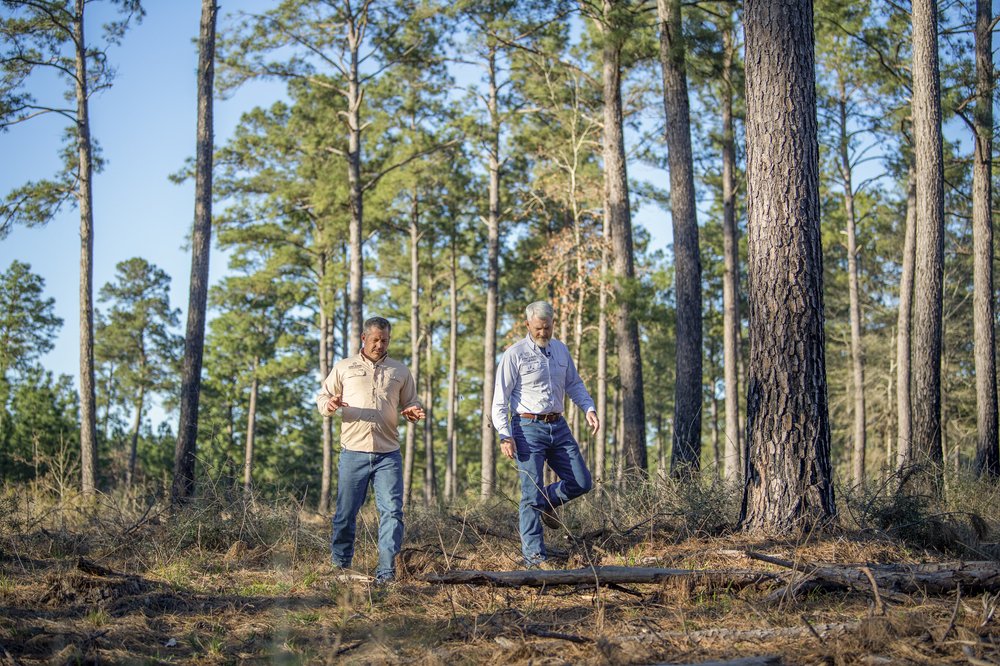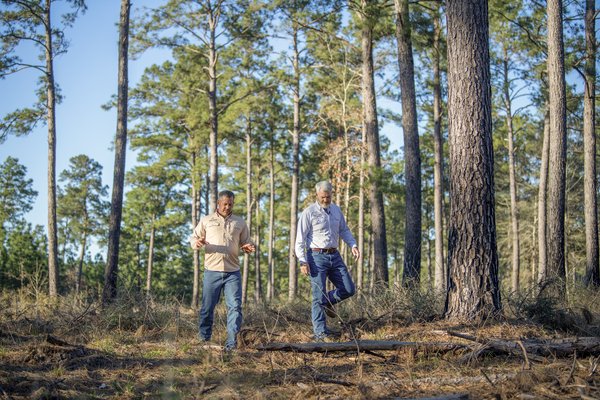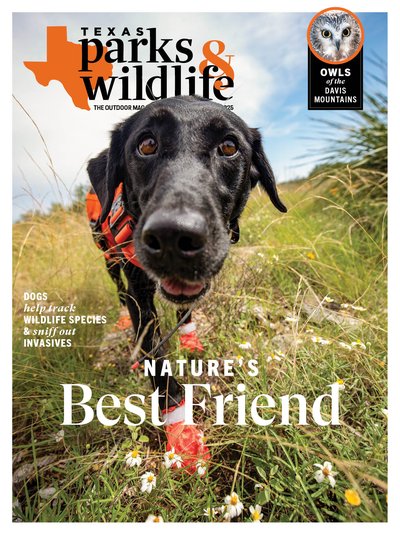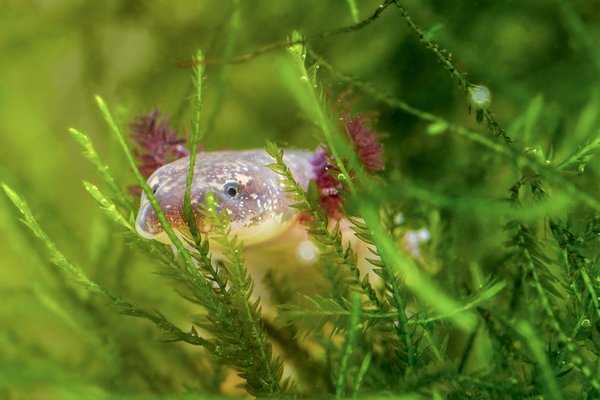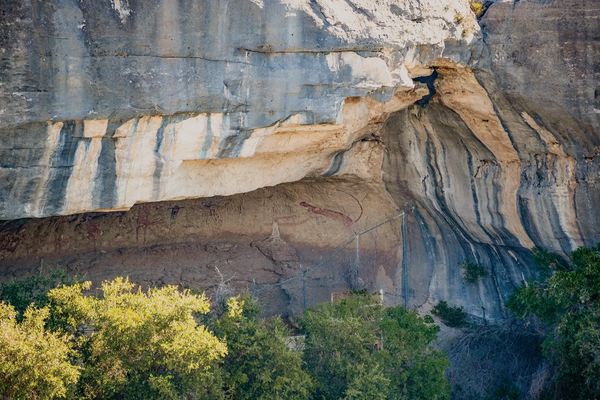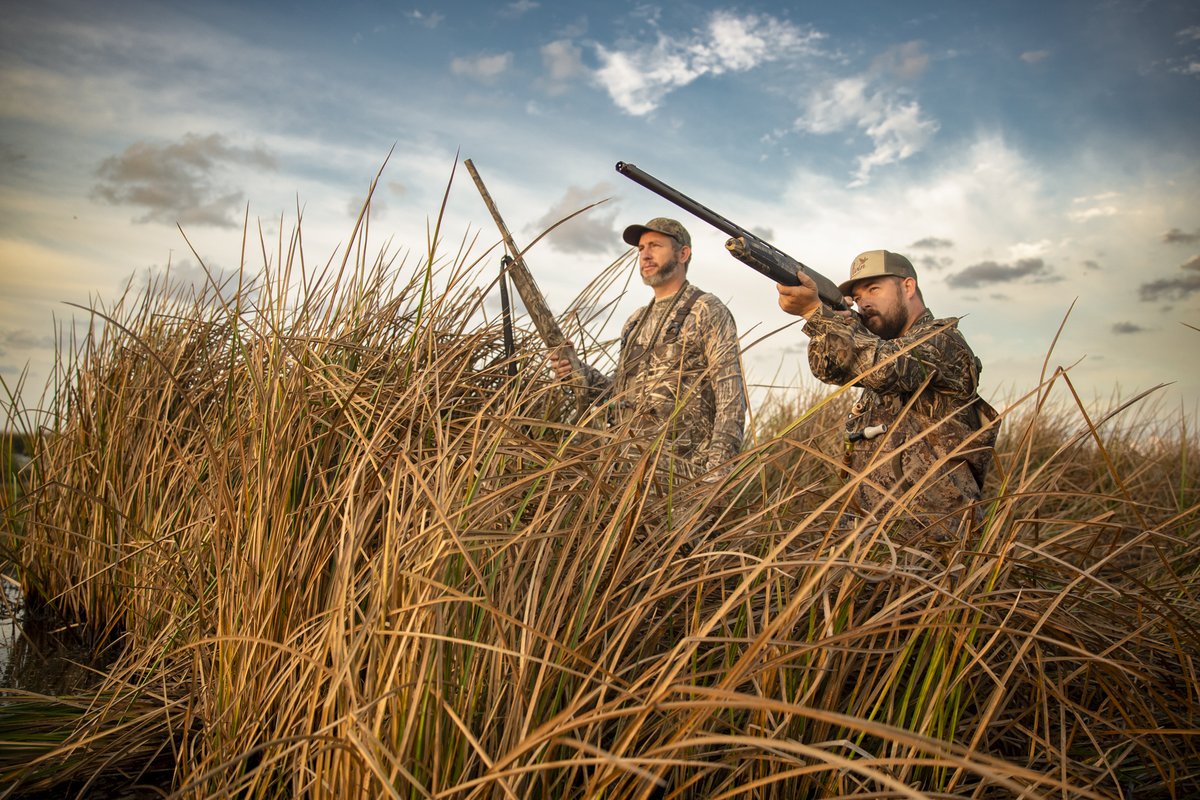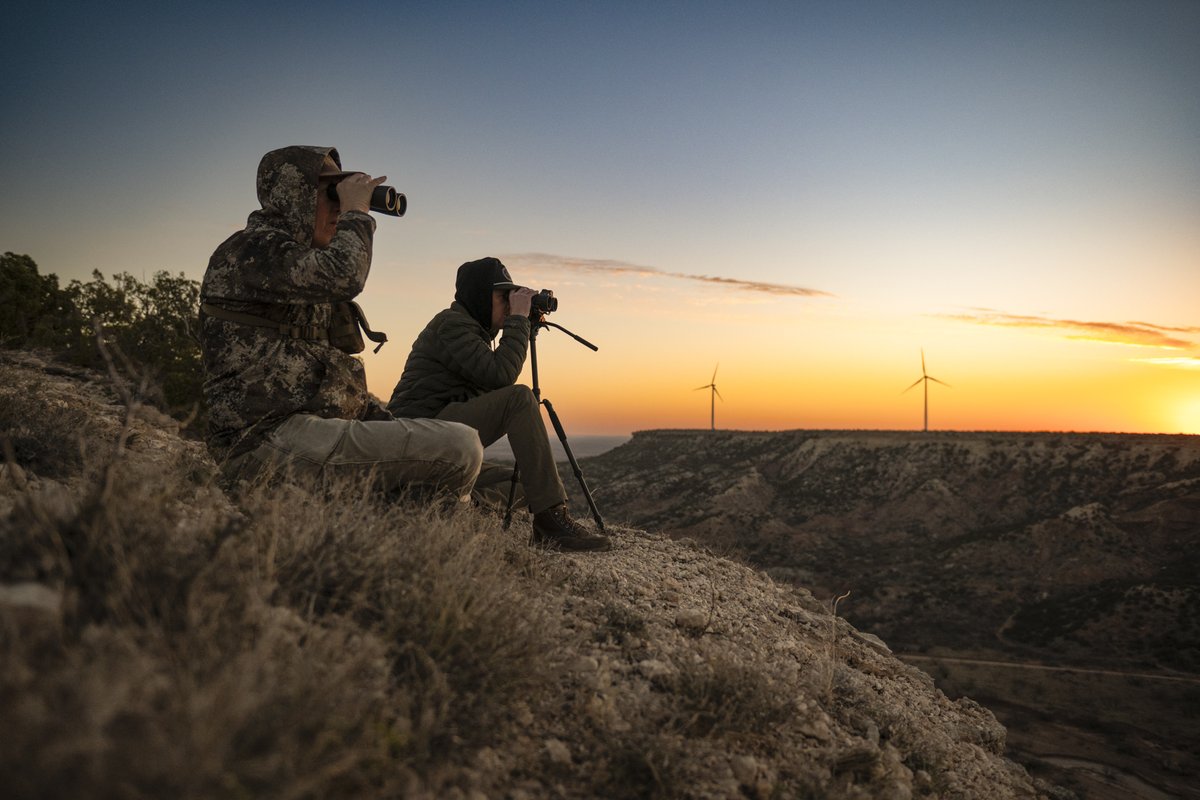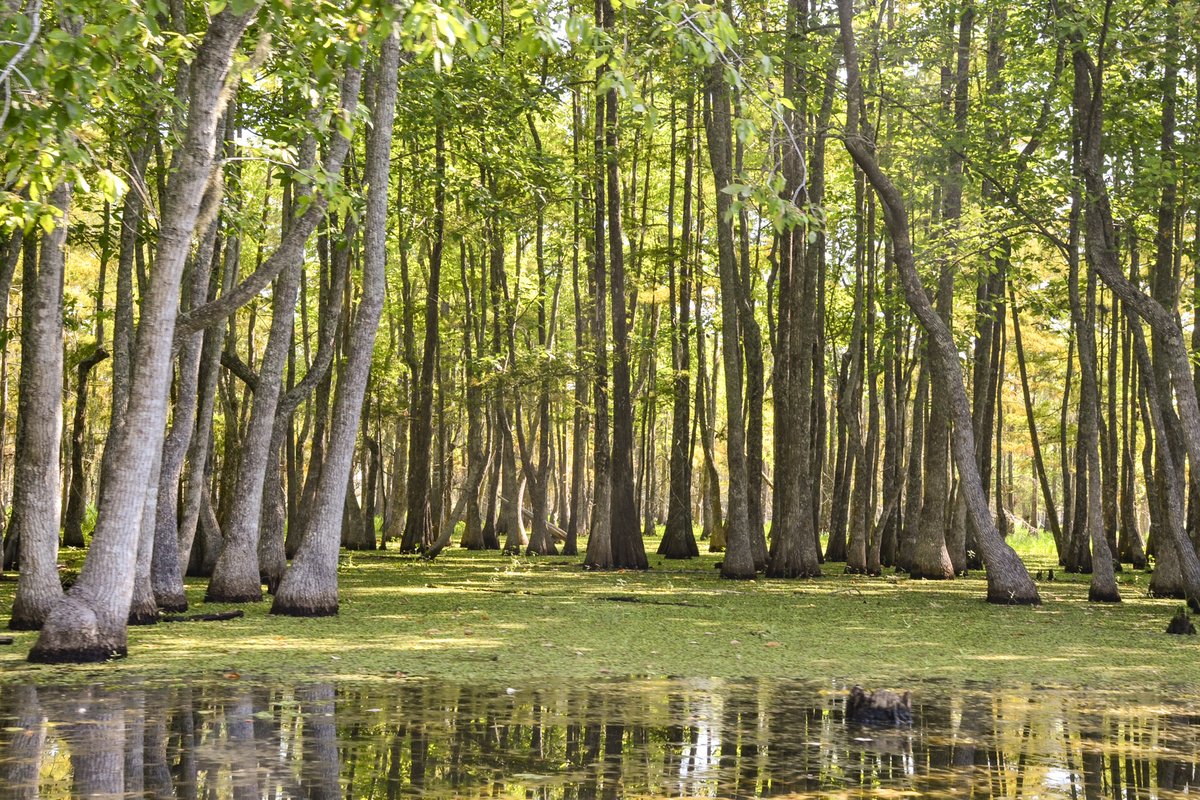Steve Jack’s footsteps make a quiet crunch as he walks across a carpet of pine needles in a grove of towering trees at Boggy Slough Conservation Area in East Texas.
Jack, the executive director of Boggy Slough, highlights the significance of this unique and diverse 19,000-acre property, which serves as a model of excellence for East Texas through ecological research and outreach to promote conservation, management and stewardship of natural resources.
Boggy Slough Conservation Area, near Lufkin, has 18 miles of frontage along the unique and beautiful Neches River, 4,500 acres of untouched bottomlands and several threatened or endangered species. Often called Texas’ last “wild” river, the Neches River is one of the state’s least altered natural resources. The slow-moving water and bottomland hardwood forest have been a part of East Texas’ history and culture for thousands of years.
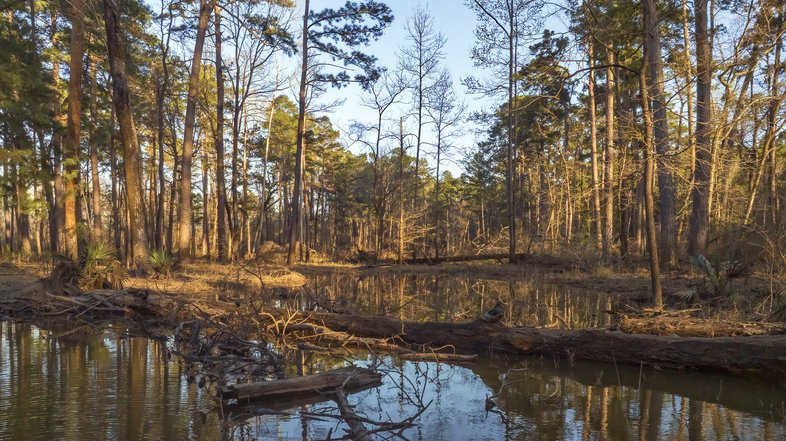
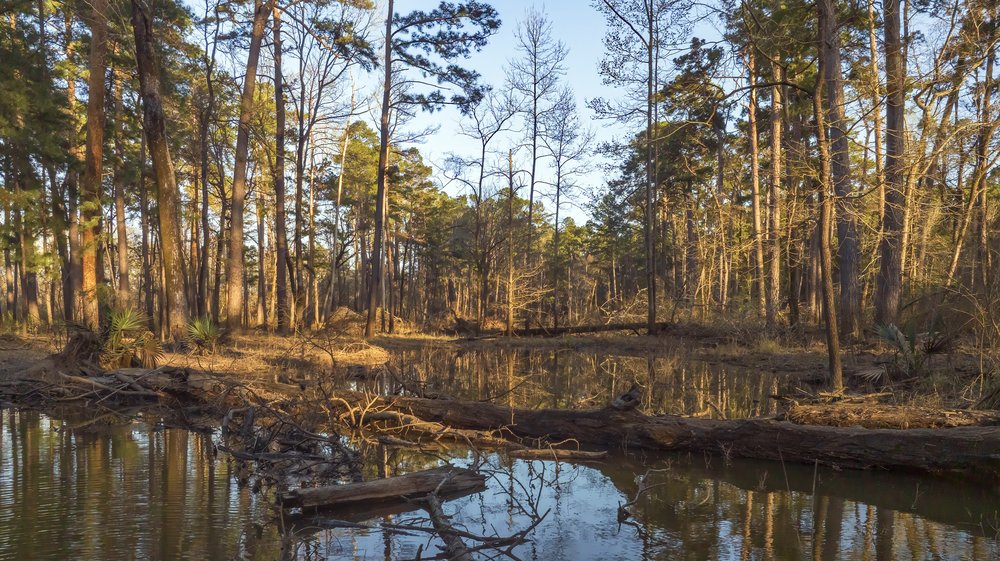
The bottomland hardwood of Boggy Slough provides habitat for a variety of wildlife.
The bottomland hardwood of Boggy Slough provides habitat for a variety of wildlife.
For its longstanding commitment to conservation and land stewardship, Boggy Slough Conservation Area received the 2025 Texas Leopold Conservation Award, the highest honor bestowed as part of the Lone Star Land Steward Awards program. The prestigious Leopold award, named after author and conservationist Aldo Leopold, recognizes landowners who have gone above and beyond in their contributions to land, water and wildlife stewardship.
Forest Management
“There is a long history of good management to promote the forest ecosystem,” Jack says. “We are trying to continue that legacy, improve upon it and make sure those characteristics are carried far into the future.”
The management strategy includes promoting diverse tree ages, embracing biodiversity and using sustainable practices like prescribed burning and selective timber harvesting.
One of the most effective management strategies employed by the conservation area is fire. At certain times of the year white smoke can be seen billowing into the tree canopy as staff demonstrate how prescribed fire is used to manage undergrowth and promote the growth of native grasses and forbs on the forest floor.
“We do a whole lot of prescribed fire,” says Jack as he kicks over a dark clump of ash to reveal a vibrant green plant. “Fire is a natural part of these forest systems in the uplands; it helps promote a lot of the native plant species.”

Artificial cavities provide nesting habitat for red-cockaded woodpeckers.
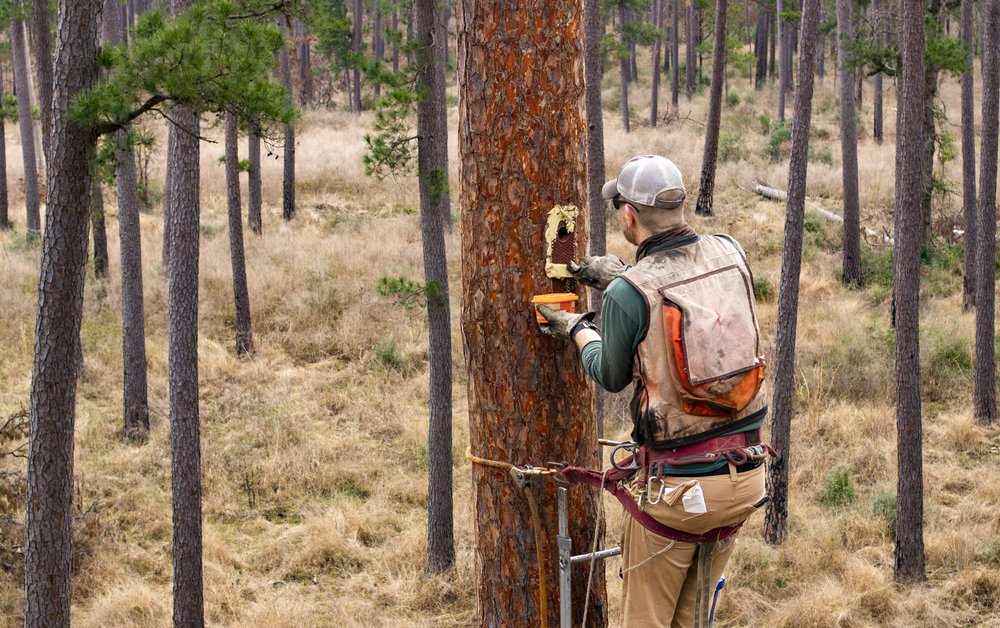
Artificial cavities provide nesting habitat for red-cockaded woodpeckers.
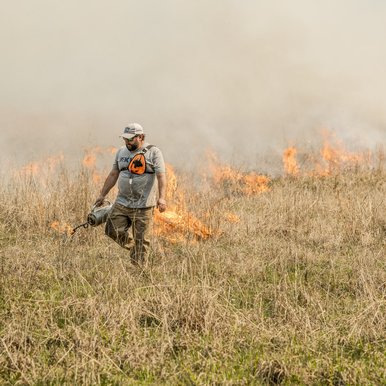
Prescribed fire is used to manage undergrowth and support native grasses and forbs.
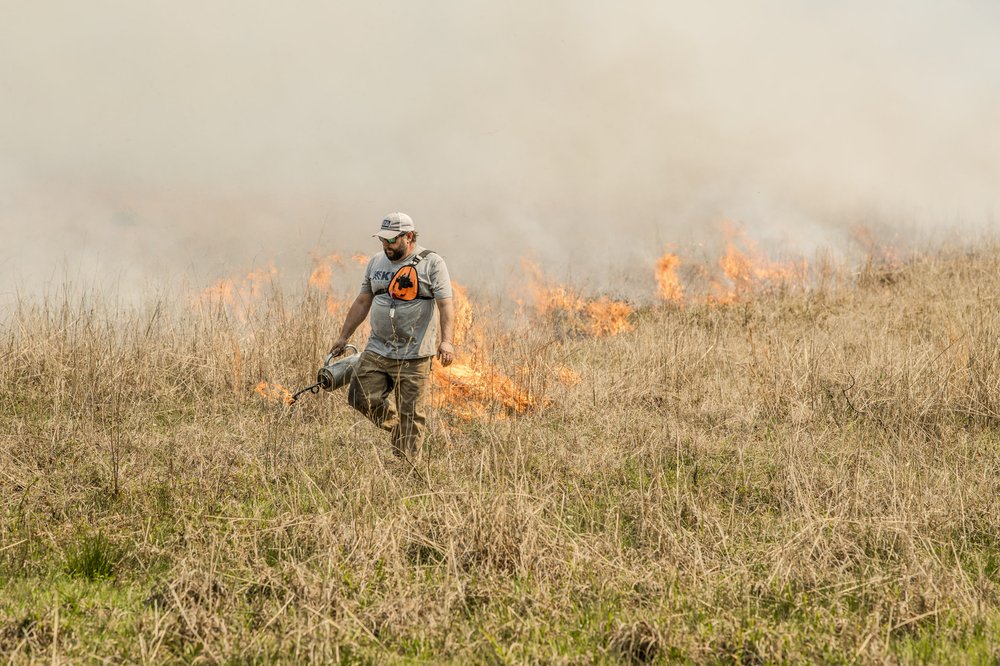
Prescribed fire is used to manage undergrowth and support native grasses and forbs.
The re-established native grasses draw a variety of species such as bobwhite quail and white-tailed deer to the property. Boggy Slough is considered by many to have “brought deer back into East Texas” through its 20th century restocking program, as well as its devoted protection and management of the property.
“This place is special,” says Rusty Wood, Texas Parks and Wildlife Department Pineywoods District leader, walking through an open field of little bluestem grasses and mature pine trees. “It is good for a lot of wildlife species, including birds, pollinator species and white-tailed deer. Boggy Slough Conservation Area is unique to East Texas.”
A Focus on Endangered Species
If you listen closely, the distinct rhythmic tap-tap-tap of a woodpecker can be heard around the property. With the help of heavy machinery and selective harvests, forest managers thin the pine trees to allow for an open canopy, preferred by many wildlife species. By placing artificial cavities in the mature pines and carefully managing the timber stands, the property now hosts at least seven clusters of red-cockaded woodpeckers, a threatened species in Texas.
In addition to the woodpeckers, Boggy Slough Conservation Area has one of the largest colonies in Texas of the extremely rare and endangered Texas prairie dawn plant. The Texas prairie dawn is a delicate yellow flower with a green to reddish rosette of paddle-shaped leaves.
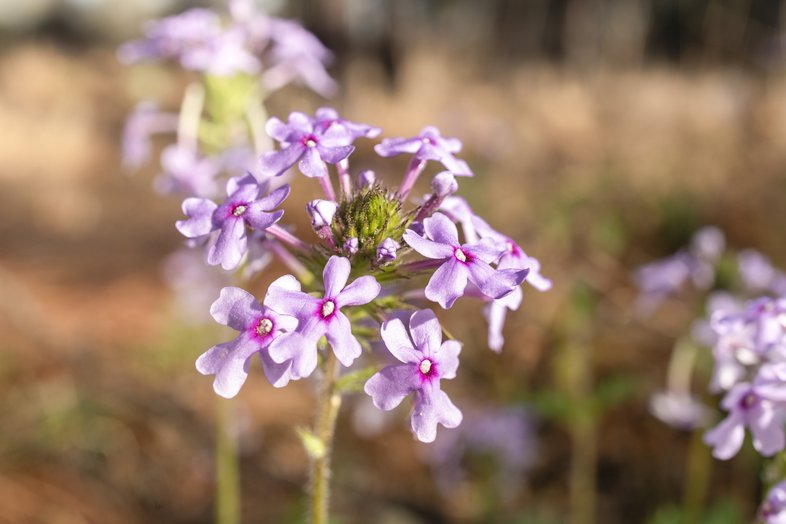
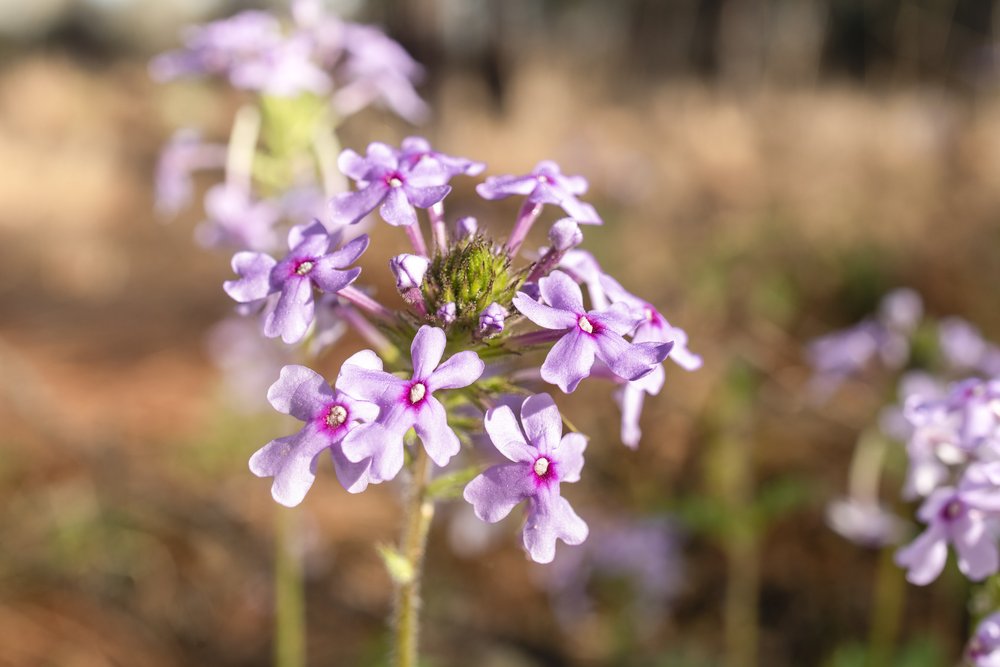
Wildflowers such as rose vervain grow on the property.
Wildflowers such as rose vervain grow on the property.
The property is also home to the threatened Neches River rose-mallow plant. The rose-mallow, a creamy white flower with a deep red base, occurs at the edge of woodlands in open marshes and produces hundreds of nectar-supplying flowers.
Boggy Slough contains two state champion trees (the largest documented of their species): the longleaf pine and the white fringetree.
Boggy Slough has been treated as an outdoor laboratory since the early 1980s. The area regularly opens its doors to host meetings for conservation groups and demonstration tours for open pine management, longleaf and shortleaf pine restoration, and other management strategies that benefit migratory songbirds, turkey, quail and deer.
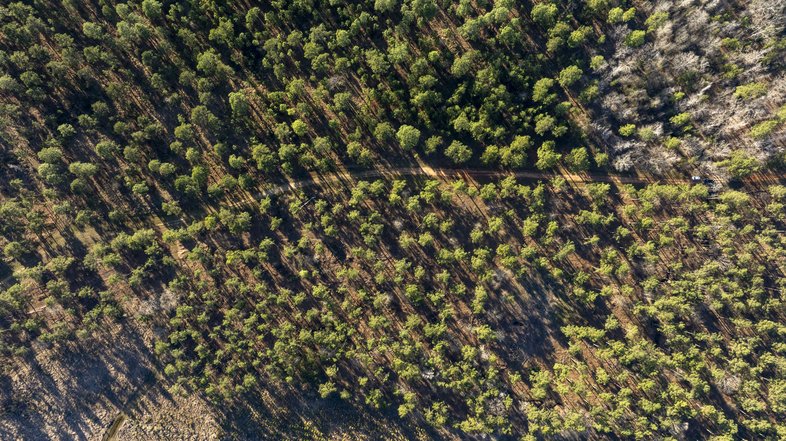
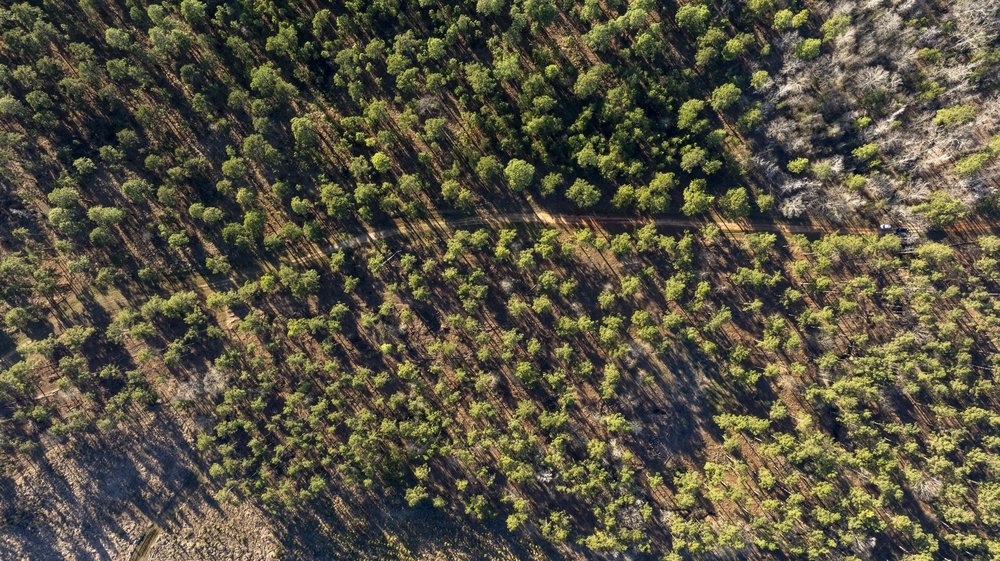
A bird's-eye view of Boggy Slough.
A bird's-eye view of Boggy Slough.
“We exist because of the commitment to conservation,” Jack says. “We are really excited about the research we do here, trying to understand this forest.”
The conservation area teams up with partners such as the U.S. Forest Service, Texas A&M Forest Service, Texas Parks and Wildlife Department and master’s students at several universities to conduct various research projects. Using automated recording devices, one study conducted by the U.S. Forest Service found that Boggy Slough’s well-managed open sites attract more bird species, including rare species such as the red-cockaded woodpecker and northern bobwhite.
Boggy Slough was purchased in 1902 by T.L.L. Temple, founder of Southern Pine Lumber Company. The Temple family has more than a century’s connection to the conservation area. The property was managed by the Southern Pine Lumber Company, which eventually became part of the Temple-Eastex timber holdings, but was always managed as a conservation and demonstration area. In 2013, the property was acquired by the T.L.L. Temple Foundation.
In 2015, the entire property was placed under a conservation easement to prevent future development and preserve its conservation value.
“The property, rich in cultural history and diverse habitats, is supported by the conservation easement,” says Robert Sanders, director of forest and wildlife management for Boggy Slough Conservation Area. “The future of this property is bright as far as management, research and being an asset to East Texas.”
